Hyperlite Mountain Gear Junction Review
The Hyperlite Mountain Gear Junction is a lightweight, weatherproof, minimalist Dyneema backpack designed to stand up to the rigors of the trail and carry loads of up to 40 lbs / 18.14 kg. It comes in two different capacities (the 40 L version and the 55 L version), each in two colors – white and black. The black versions are made with a slightly tougher/heavier Dyneema and cost slightly more. If you’re a bit confused by all the different Hyperlite pack offerings, I’ve got you covered below.
Hyperlite Packs Compared
I think a quick explanation of the Hyperlite Mountain Gear backpack lineup must happen here because it can be confusing. Essentially, there are four different versions of a “Hyperlite pack with pockets” – the Junction, the Southwest, the Windrider, and the Northrim. They all have three external pockets, different sizes of each (in terms of total capacity), and different colors for three (all but the Northrim). The main difference between them all is what each of the three external pockets is made of. Between the four packs, the three sizes, and the two colors, Hyperlite offers a total of 18 different backpacks. You should first decide what size pack you want, then decide which exterior pockets you want, and then decide which color you want. Here’s a breakdown of them; hopefully, this helps.
| BACKPACK | WEIGHT (55L/White) | FRONT POCKET | SIDE POCKETS | SIZES (L) | COLORS |
|---|---|---|---|---|---|
| Junction | 32 oz / 906 g | Mesh | Dyneema Hardline | 40, 55 | White, Black |
| Southwest | 32.11 oz / 910 g | Dyneema Hardline | Dyneema Hardline | 40, 55, 70 | White, Black |
| Windrider | 31.82 oz / 902 g | Mesh | Mesh | 40, 55, 70 | White, Black |
Testing Conditions
I used the Junction on multiple trips in California’s Sierra Nevada. I have a 40 L Junction in white. I am 5’10” / 179 cm and use a size medium. I’ve taken the Junction on shorter trips and carried very light loads and some absurdly heavy loads (well above the 40 lb / 18.14 kg recommended maximum load). More on this below.
Notes on the Junction
- The Junction comes in two colors, white and black. The black version is slightly heavier, more durable, and more expensive than the white version.
- The Junction is available in only two sizes – 40L and 50L
- You cannot fit a BV500 sideways inside the Junction (although, fun fact, you can fit it in the exterior pocket – at least when the pack is empty – photo below)
- Yes, the Junction is waterproof (but not submersion-proof – there are drainage holes at the bottom of it)
- There is a hydration port on the right side of the pack (it’s on your right if you’re wearing it).
- There is a mesh interior pocket where you can put a bladder (or whatever you want) inside the pack.
The Specs
- Weight:
- 30.12 oz / 854 g (White)
- 31.89 oz / 904 g (Black)
- Load capacity: Up to 40 lbs / 18.14 kg
- Body Material:
- DCH50 (White)
- DCH150 (Black)
- Bottom: DCH150
- External Center Pocket: Mesh
- External Side Pockets: Hardline with Dyneema
- Internal volume: 40 L
- External volume: 9.8 L
- Center pocket volume: 4.92 L
- Side pockets volume: 2.64 L
- Top circumference: 37.5 in / 95.3 cm
- Bottom circumference: 33.5 in / 85.1 cm
- Height (fully unrolled): 30 in / 76.2 cm
- Back width: 10.5 in / 26.7 cm
- Country of Origin: USA
- Sizes: Small, Medium, Large, Tall
- Color: White, Black
- MSRP: $349 (White), $369 (Black)
The Features
- One external center mesh pocket with two solid-panel Hardline with Dyneema pockets on the sides
- Hardline with Dyneema zippered hip belt pockets with #5 YKK zipper
- Hardline with Dyneema dual-density hip belt with 0.125 in / 0.32 cm closed-cell rigid foam, 0.25 in / 0.63 cm closed-cell foam, and spacer mesh
- Hardline with Dyneema shoulder straps with 3/8” / 0.95 cm closed-cell foam and spacer mesh
- Adjustable sternum strap
- Removable, contoured aluminum stays
- 0.25 in / 0.63 cm foam back panel pad
- Roll-top closure with side compression straps
- Side compression straps
- Top Y-strap compression
- Seam sealing on all side seams and behind all sewn-on pack features
- Bar-tacked reinforcements
- Hydro port and internal mesh hydro sleeve
- Four exterior buckles for optional pack accessory straps
- Ice axe loop
Photo Gallery









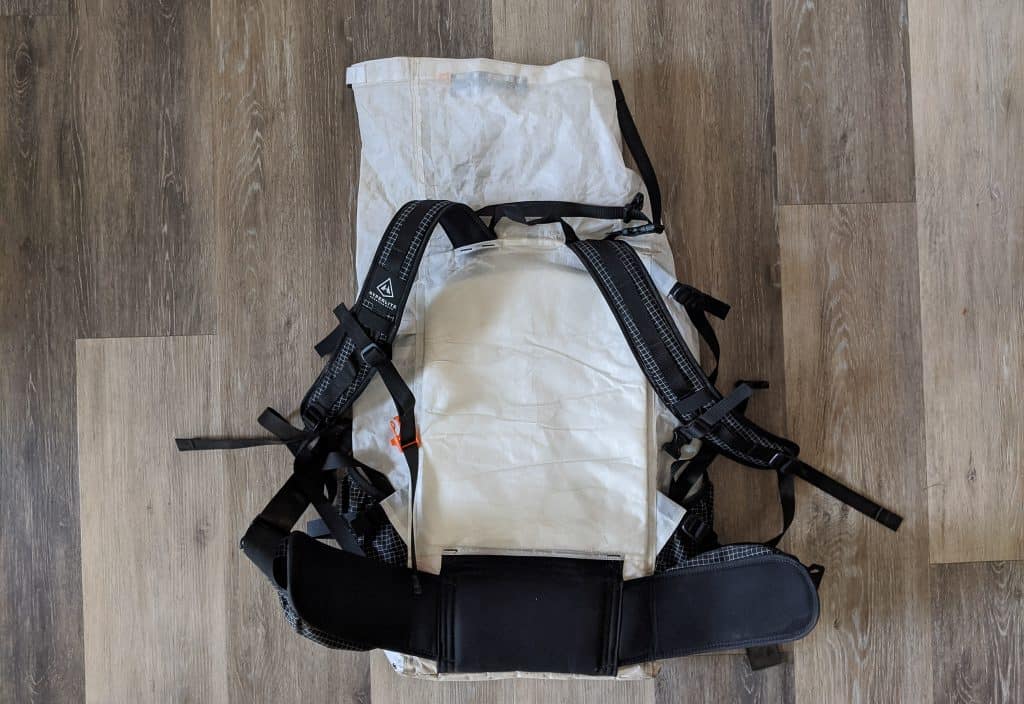





























The Good
The Load Capacity
According to Hyperlite Mountain Gear, the Junction is designed to carry loads of up to 40 lb / 18.14 kg. On one of my trips with the Junction, I put this to the test – packing out 15 lb / 6.8 kg of beer, five days worth of food, a bear can, a three-person tent, a 3 lb / 1.36 kg tripod, and all the rest of the gear needed to survive in the backcountry. It was definitely over the recommended 40 lb / 18.14 kg, and despite it being objectively heavy, I found the Junction to carry the load a lot more comfortably than expected. As the beer slowly disappeared from my pack and I approached (and eventually broke) the 40 lbs / 18.14 kg limit, my comfort only improved. Best of all, the weight didn’t do any damage to the structural integrity of the pack.
The Waterproofness
The fancy and expensive fabric that the Junction is made of (DCF50 in the case of the white and DCF150 for the black) is waterproof. What about the bits of the pack where pieces of fabric meet and are sewn together? Hyperlite seam seals all side seams and behind all sewn-on pack features, which means that no water is getting inside the pack (so long as you roll the top down and don’t fully submerge it because there are three drainage holes at the bottom of the pack). No need for a pack liner or a trash compactor bag inside of your pack to keep everything dry.
The Durability
Despite being in the category of ultralight, the Junction is a durable pack capable of having the shit beat out of it (it’s not in the super ultralight frameless, strapless, basically-just-a-mesh-sack category of bags). The bottom of the pack is DCH150, while the rest of the pack is DCH50; if you want something a little more durable (and less transparent), get the black version, which is all DCH150. You aren’t going to rip any holes in the pack or in the side pockets. If anything is going to start to go, it will be the mesh pocket on the back of the pack. That said, the mesh is still fairly tough and (probably) isn’t going to rip from getting stabbed with the occasional rogue tree branch.
The Customer Service
I’ve owned multiple Hyperlite Mountain Gear backpacks and shelters and have dealt with their customer service department many times. Never have I been disappointed. No, this doesn’t mean you can take advantage of them and have anything you want replaced at any time for any reason, but it does mean that they know their customers and that they’ll take care of you within reason. For example, I had a Southwest get destroyed by an airline (I should have wrapped it before checking it), and I sent it to Hyperlite, who repaired it at a reasonable cost. Their gear is quality stuff, and you should not expect it to break down on you, but if you run into any issues, you can be sure you’ll be taken care of.


The Okay
The Options
As explained above, there are a lot of options when it comes to Hyperlite packs, and it can be a bit confusing at first. The Hyperlite Mountain Gear Junction is essentially the same pack as the Southwest, Windrider, and Northrim, just with a different configuration of pockets. I would say that it’s best when compared with the Southwest and Windrider. If you can’t afford to have any mesh on your pack because of canyoneering, bushwhacking, or whatever, the Northrim is probably a good option instead of the Junction. There could just be one pack called “The Hyperlite Backpack” with customizable sizes, pockets, and colors that would essentially be all the versions described here.
The Hip Belt Pockets
The hip belt pockets on the Junction have been improved since previous iterations of Hyperlite packs, but they’re still not my favorite. The capacity has increased to seven Clif bars (you might be able to fit more if you smash them), but the side pockets are still not large enough to fit my phone (which has a 6.3-in / 16-cm screen) with a case. I can get my phone with its case into the pocket with a little bit of work when I’m not wearing the pack, but it’s not an easy or convenient fit when the pack is on.



The Bad
The Transparency
It doesn’t bother me, but I can imagine people complaining that the white Junction is semi-transparent (and even more so when it gets wet). You can’t really see through the fabric, but if you have something (as you probably will) inside of the pack that’s pressed right up against the inside, it will be visible from the outside, so I guess I keep that in mind.
The Noise
One thing about this pack that might not be obvious at first glance? It can be loud – at least when you’re packing/unpacking it. The fabric is a little stiff when the pack is new (it will loosen up with use), and it can be quite crinkly. Also, the velcro closure at the top can be loud as well. It’s probably not your problem since you’re not going to be the one woken up by any of this if you’re trying to stealth sneak out of camp in the morning, but it’s something to make a note of.
The Price
The Junction (as with all the Hyperlite packs) is on the pricier side if you’re looking for a backpack. That said, it is made in Maine of not-at-all-cheap materials; you are definitely getting a quality product for your money. But still, $349 for white and $369 for black in the 40L version or $379 for white and $399 for black in the 55L version (before tax) is nothing to scoff at.


Who is it for?
Beginner Backpackers: If you’re likely to never use your pack again after the one backpacking trip you’re planning, then the Junction might not be the best investment of your money. You should probably spend your money on more snacks instead. It also might confuse you that there’s just one big main interior pocket since you probably think that you need a bunch of exterior pockets and zippers for your things (you don’t).
Weekend Warriors: The Junction is an excellent choice for weekend warrior adventures if you have the cash to pony up for it. Carry light loads, carry heavy loads, carry it in the rain, carry it in the shine—it’s not a pack you’ll find yourself having to replace anytime soon. It will hold its value if you decide that the time has come for you to part ways with it.
Thru-hikers: If you aren’t already considering the Hyperlite Mountain Gear Junction and you’ve got a thru-hike in your future, then you should probably take a close look. This pack will easily stand up to a thru-hike, and if you get the white version, you get to see its transformation from a crinkly, stark white, brand-new pack to a more malleable, very dirty, thru-hike-survivor pack. Very exciting.


Most-popular Alternatives
| Backpack | Price | Weight (lb) | Weight (g) | Liters | Max Load |
|---|---|---|---|---|---|
| Atom Packs Pulse | $265 | 1.49 | 675 | 50 | 30 lb | 13.5 kg |
| Atom Packs Prospector | $280 | 2.01 | 910 | 50 | 42 lb | 19 kg |
| Durston Kakwa | $260 | 1.86 | 845 | 55 | 45 lb | 20 kg |
| Gossamer Gear Gorilla | $275 | 2 | 905 | 50 | 30 lb | 14 kg |
| Gossamer Gear Mariposa | $315 | 2.14 | 968 | 60 | 35 lb | 16 kg |
| Hyperlite Mountain Gear Southwest | $379 | 1.87 | 848 | 55 | 40 lb | 18 kg |
| Hyperlite Mountain Gear Junction | $379 | 1.89 | 859 | 55 | 40 lb | 18 kg |
| Osprey Exos | $260 | 2.84 | 1290 | 58 | 35 lb | 16 kg |
| Outdoor Vitals CS40 Ultra | $330 | 1.69 | 767 | 40 | 35 lb | 16 kg |
| REI Co-op Flash Men’s/Women’s | $199 | 2.81 | 1275 | 55 | 30 lb | 14 kg |
| ULA Catalyst | $319 | 2.78 | 1259 | 75 | 40 lb | 18 kg |
| ULA Circuit | $299 | 2.41 | 1091 | 68 | 35 lb | 16 kg |
| Zpacks Arc Haul | $399 | 1.32 | 600 | 50 | 40 lb | 18 kg |
Wrap Up
The Hyperlite Mountain Gear Junction is a great pack option and probably the pack Hylerlite should have made first; it’s the perfect medium between the Southwest and Windrider. You can’t go wrong with a Hyperlite if you need a pack that’s lightweight enough for a thru-hike but still rugged enough to beat the hell out of it.
Now you need to decide which model/size you want. Check out the Junction here.
Do you have questions, comments, or personal experience with the Junction? Leave a comment below and let me (us) know!
Affiliate Disclosure: This page may contain affiliate links, which means I may receive small commissions for purchases made via these links at no additional cost to you. This helps pay the bills and keep the site up and running. Thank you for your support!
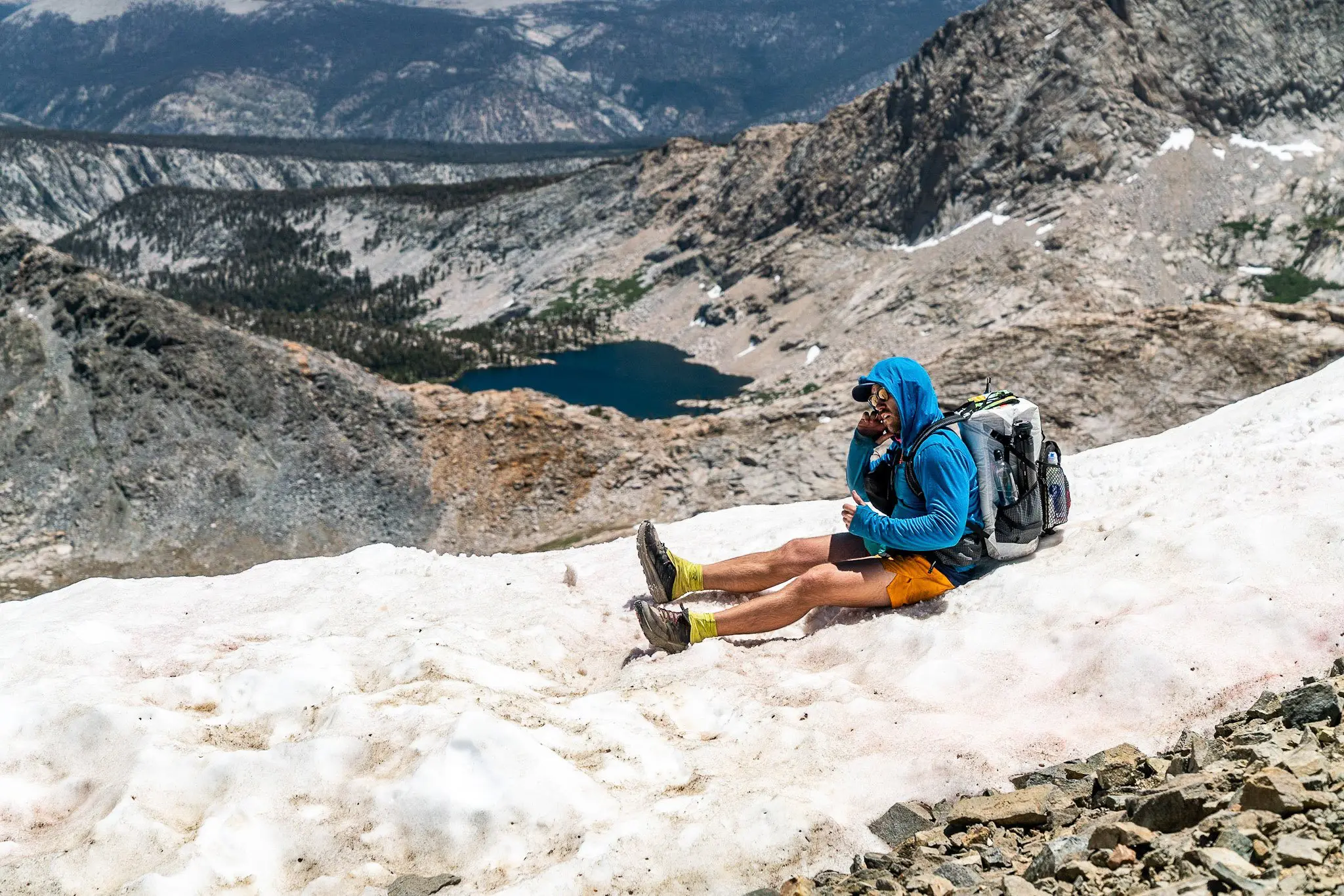
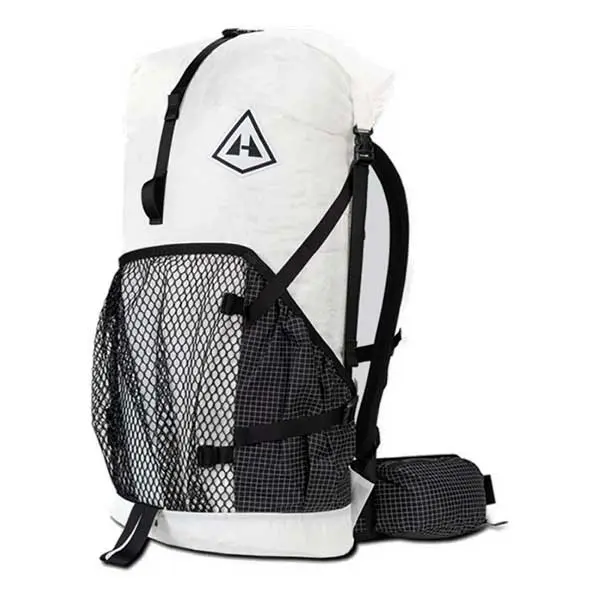





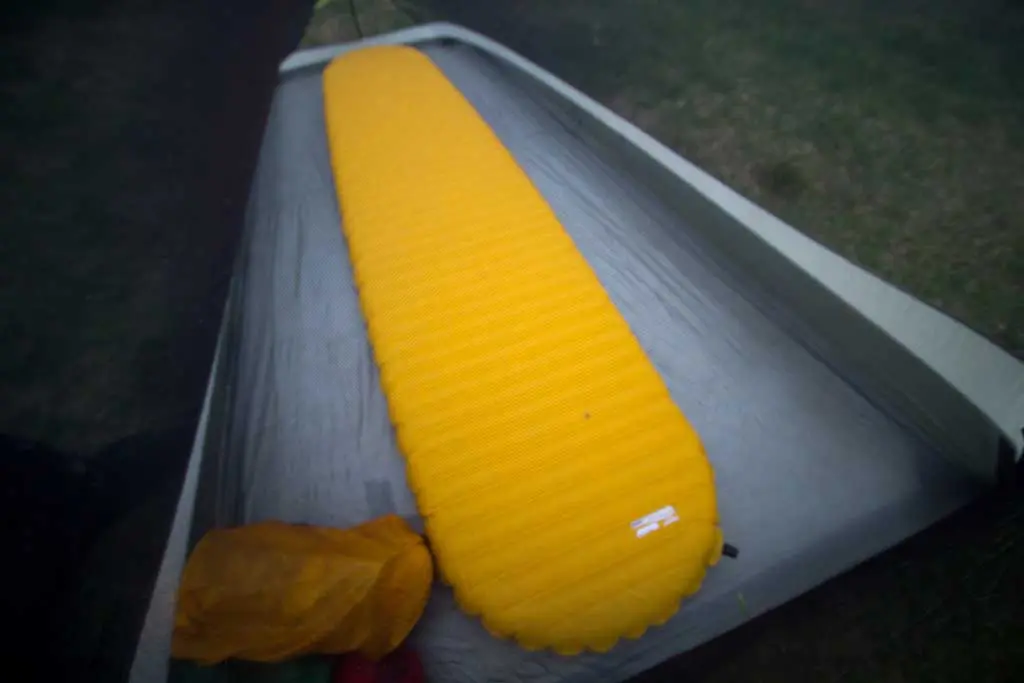


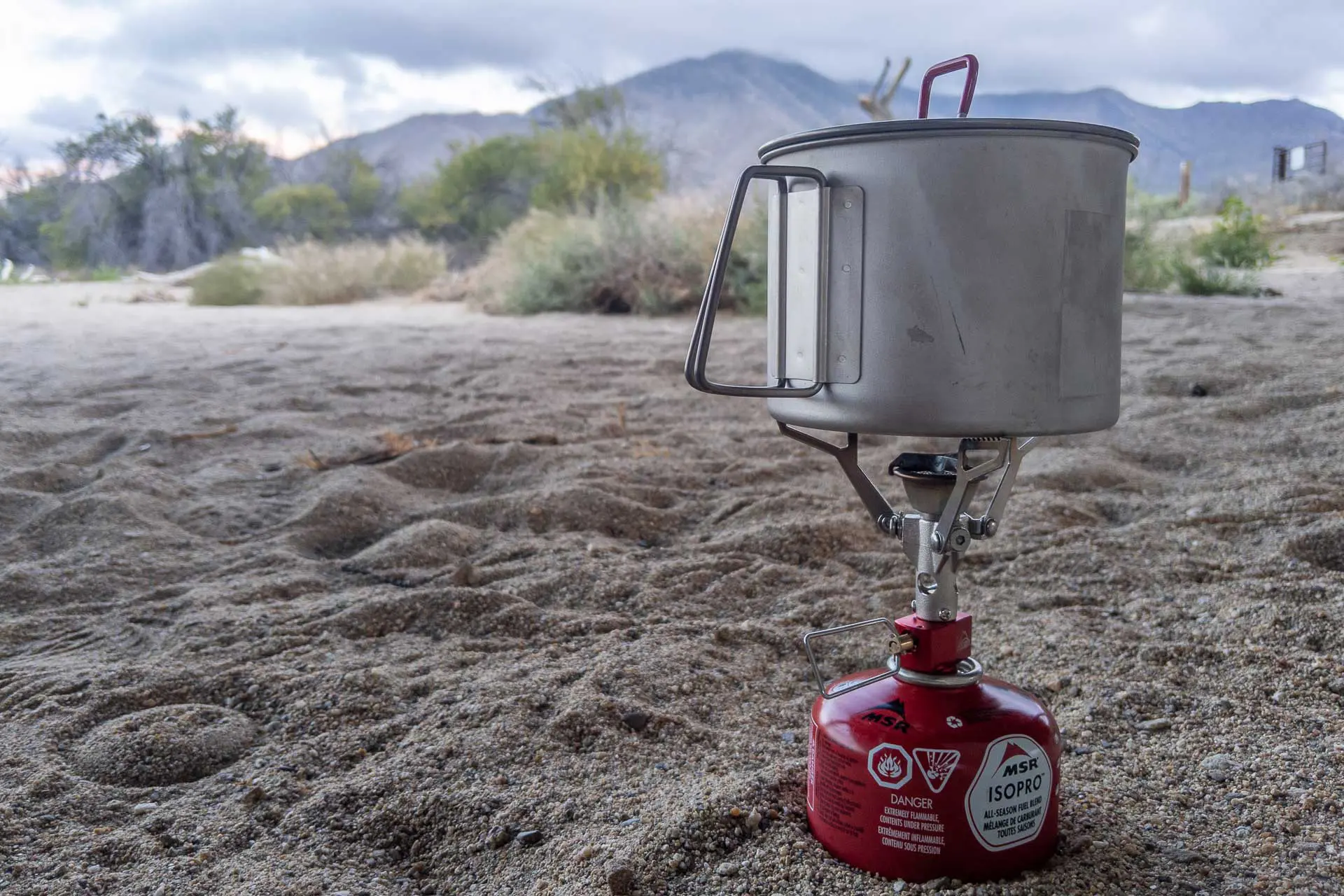
Excellent review, Mac. Would you mind telling me your torso size? I have the Junction 3400 in large and have always thought I might find the medium more comfortable. My torso is 19.5″ and I am 5’9″, 165. Thanks.
I’m 5’10” 185 and my torso is 18.5″ (at least how I’m measuring – might be closer to 19″?).
I certainly understand having drainage holes in the bottom of exterior pockets, but in the bottom of the main pack? That means that if I set my pack down in a wet grassy area or a small puddle, I’ll have a wet quilt if I don’t use a dry bag.
Don’t put your bag down in puddles?
At one point above you list the MSRP as $735 (White), $800 (Spruce Green), which I think is for a different product?
Thank you for pointing this out – it’s been fixed!
Quick heads up that the MSRP at the beginning is wrong, I think you put the one for the tent here
Thank you for pointing this out – fixed!